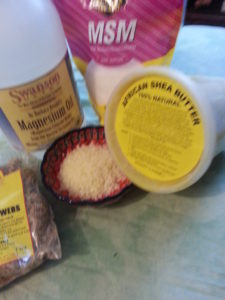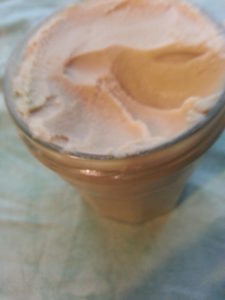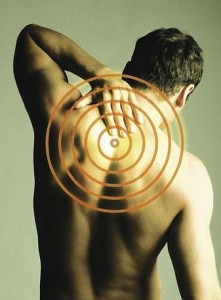 I find that using Magnesium Oil can sting, but transdermal -topical- magnesium chloride is essential to avoiding restless leg or spasms from Parkinson’s. It is also good for arthritis, morning sickness, anxiety, headaches, diabetes, hypertension, insomnia and many more conditions including some 300 internal cellular reactions. It used to be in food, but levels have plummeted according to USDA data. It just isn’t that easy to absorb magnesium from supplements, especially if our digestion is impaired or as we age. So I make magnesium lotion.
I find that using Magnesium Oil can sting, but transdermal -topical- magnesium chloride is essential to avoiding restless leg or spasms from Parkinson’s. It is also good for arthritis, morning sickness, anxiety, headaches, diabetes, hypertension, insomnia and many more conditions including some 300 internal cellular reactions. It used to be in food, but levels have plummeted according to USDA data. It just isn’t that easy to absorb magnesium from supplements, especially if our digestion is impaired or as we age. So I make magnesium lotion.
To make magnesium lotion most simply I whip up shea butter with magnesium oil that I have made in a strong solution (1 cup magnesium chloride flakes to 1/3 cup water) or commercially available magnesium oil. I put a cup of shea butter in a double boiler and melt it on low heat. I add a teaspoon of soy lecithin from the health food store to help it emulsify, pour in the magnesium oil to warm it up, let sit off of the heat for about 15-20 minutes, then whip it in a blender or mixing bowl. Using the mixer incorporates more air and makes it softer.
However since I am using the magnesium for an orthopedic condition (and really because I like to play with herbs and oils) I usually make up a more complex lotion. To do this you will need:
- 1/2 c. double-strength magnesium oil (1 c. magnesium chloride flakes + 1/2 c. water)
- 2 tbsp. MSM salts
- 1/2 c. coconut oil
- 1/2 c. unrefined shea butter
- 2 tbsp. beeswax
- 1/2 cup arnica or calendula flowers
- 10 drops of an anti-inflammatory essential oil like German chamomile, turmeric, frankincense or ginger
The equipment you will need are:
- Measuring cups and measuring spoons
- A fine strainer, preferably conical
- A double boiler or saucepan in a water-filled frying pan
- A blender (immersion type okay) or mixing bowl
- A spatula
- Jars for your lotion
Heat your water with the magnesium chloride flakes and MSM salts until dissolved. Remove from heat.
 Add your shea butter, lecithin, coconut oil and beeswax to the top of the double boiler and melt. When it first melts you can add in your optional calendula or arnica flowers and let them infuse for 20 minutes over low heat. Add back the magnesium mix to bring it to the same temperature. Strain into a mixing bowl, blender or bowl for your immersion blender. Let cool 20 minutes, then mix or blend until emulsified.
Add your shea butter, lecithin, coconut oil and beeswax to the top of the double boiler and melt. When it first melts you can add in your optional calendula or arnica flowers and let them infuse for 20 minutes over low heat. Add back the magnesium mix to bring it to the same temperature. Strain into a mixing bowl, blender or bowl for your immersion blender. Let cool 20 minutes, then mix or blend until emulsified.
Before you add in your essential oils which can be damaged by heat, take a sample of the cream and stick it in the fridge so it can cool to room temperature. If you like the consistency, add the essential oils. If it is too soft (especially in summer when coconut oil is liquid) put back in the double boiler and add a little more beeswax. If too hard you can use a little more shea butter or an infused oil. Let cool and re-emulsify, then add the essential oils at the end.
You can use a marble sized dollop of this before bed. I like to use it on my feet and legs, lower back or stomach, or anywhere the skin is thin. For small children, a pea-sized dollop will do.






